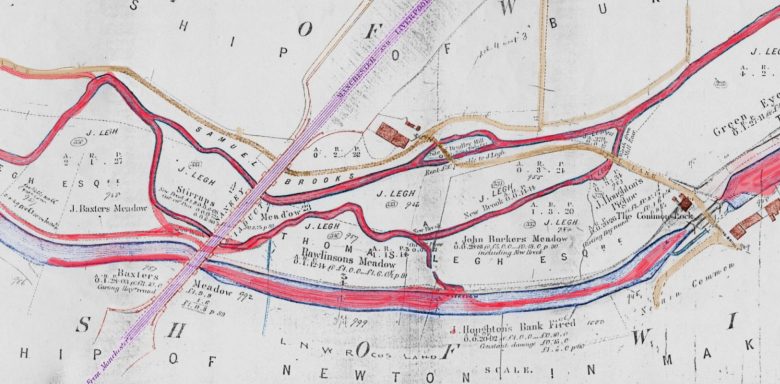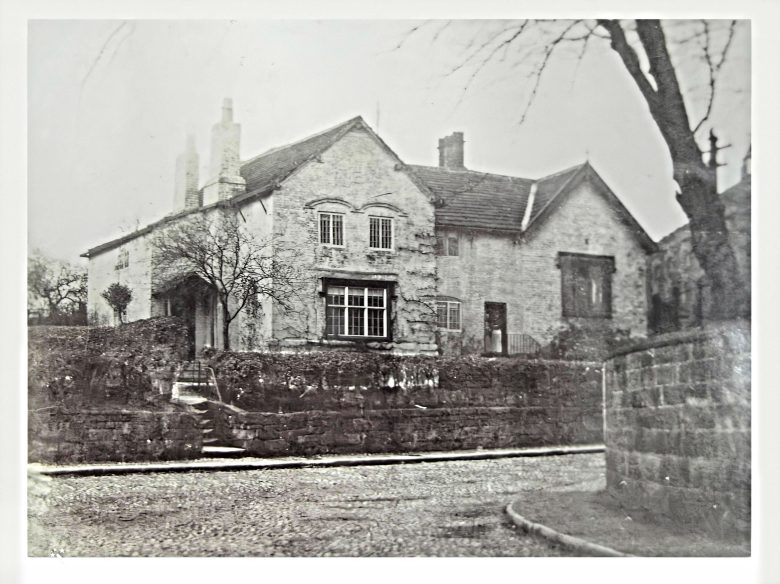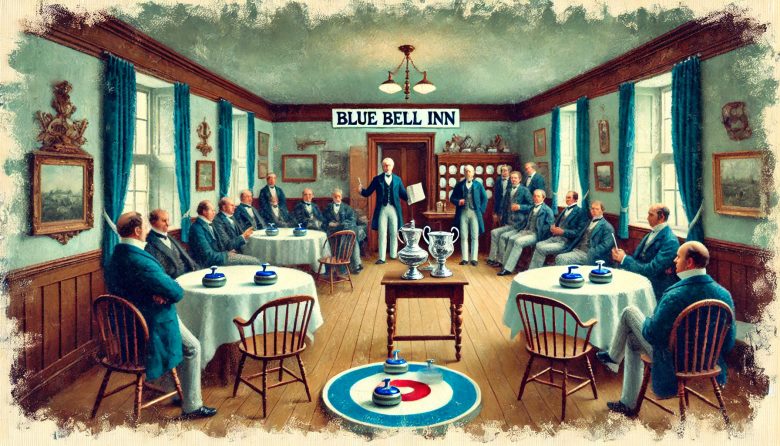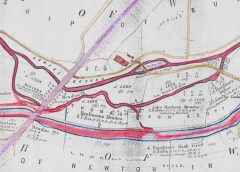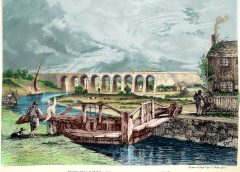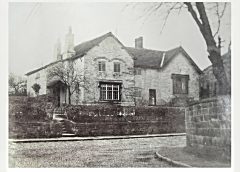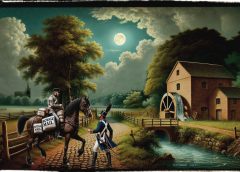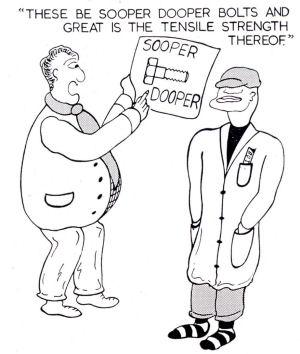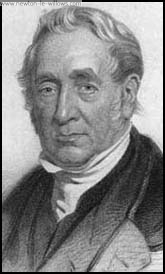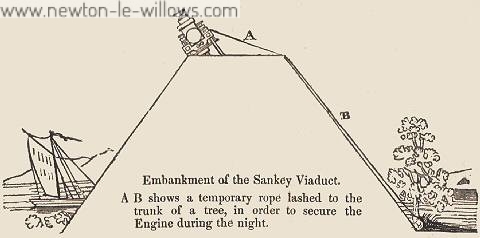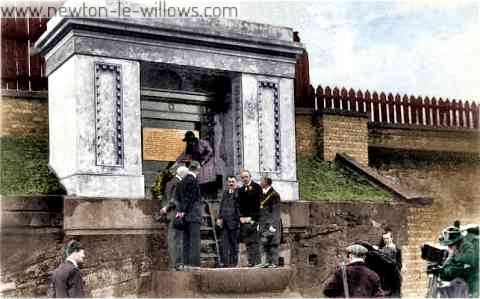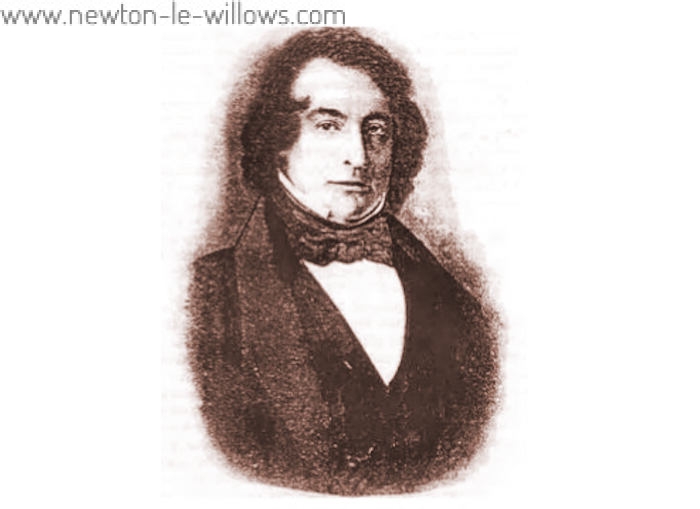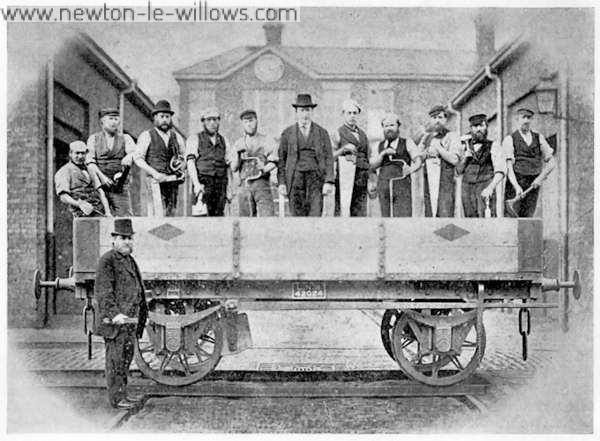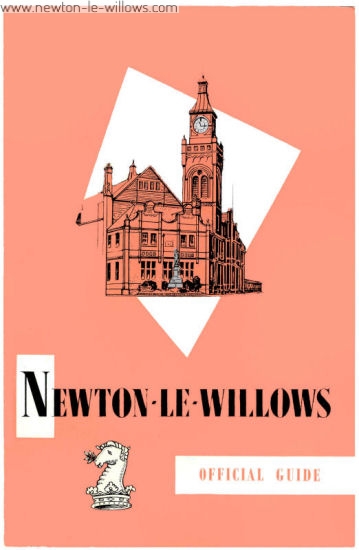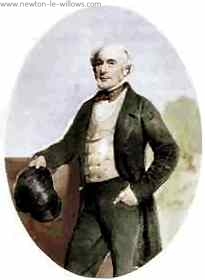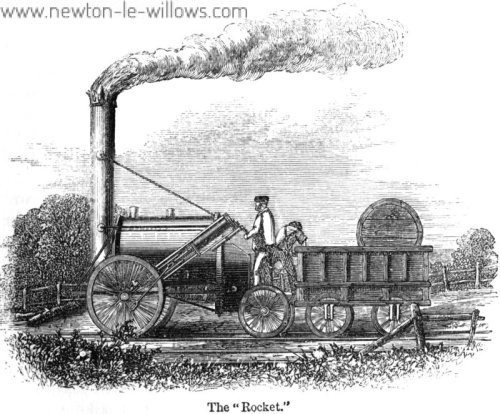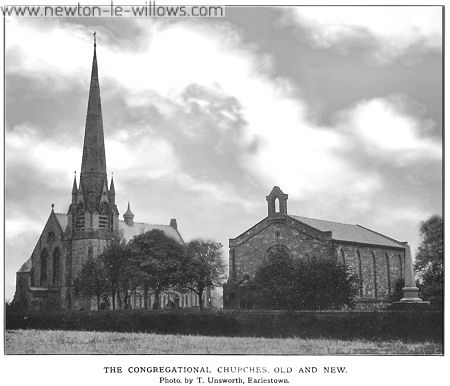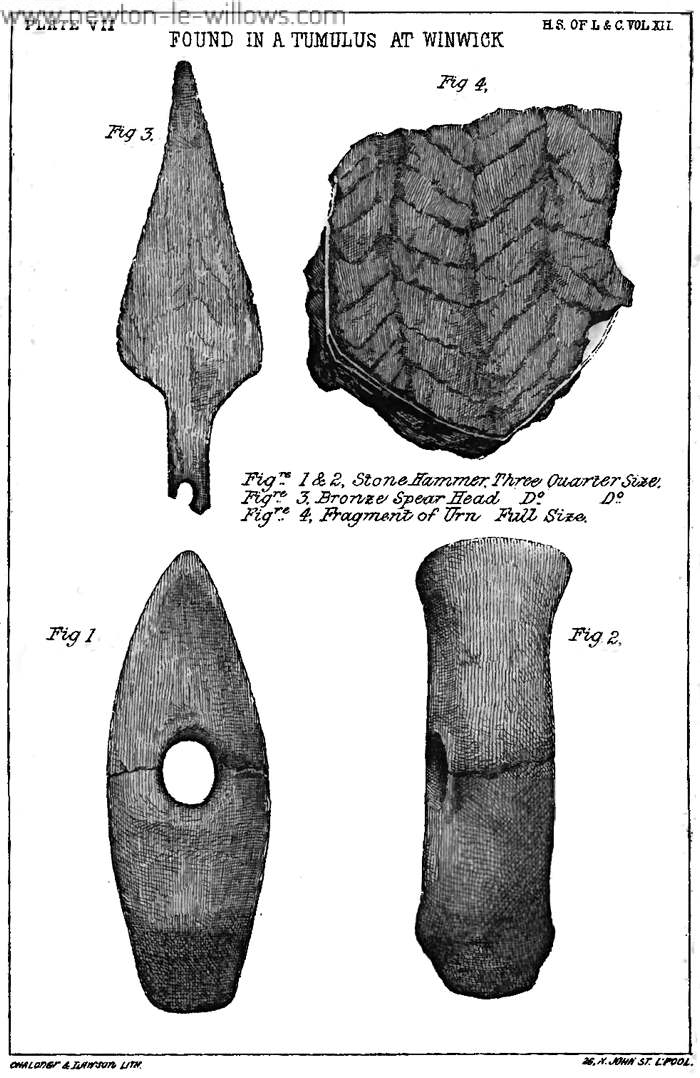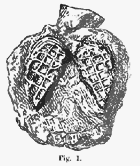NEWTON, LANCASHIRE. Newton, commonly called Newton in the Willows, is five miles from Warrington, seven from Wigan, IS from Preston, 45 from Lancaster, and 1SS from London, in the road from Warrington to Wigan. It is an ancient borough by prescription, governed by a steward, bailiff, and burgesses, and returns two members to Parliament. The right of election is supposed to be in the burgesses, though there is no resolution of the House of Commons respecting it. The steward of the lord of the manor and the bailiff are the…
Read More >>The Fable of the Inspector and the Bolts
VULCAN MAGAZINE , Autumn 1958 THE FABLE OF THE INSPECTOR AND THE BOLTS There dwelt in the City of Newt an Inspector of a Factory, and his Chief spake unto him saying:- “Lo, there is in the wilderness of Vul a maker of bolts, and he has made two score and five special bolts. These be Sooper-Dooper bolts and great is the tensile strength thereof, that they may fix, even the very top of a cylinder casing, even unto the very bottom. Get thee hence and inspect them. And take…
Read More >>Newton M.P. committed to the Tower of London
Its Political Importance During the 274 years from 1558 to 1832, Newton was represented by no fewer than 70 different members, and from 1678 (the year the name “Tories” was given to a political party) it was represented exclusively by 30 Tories. In this list of members are found the names of the lords of the manor?the Langtons, the Fleetwoods, and the Leghs?and many gentlemen of rank and importance in the country. It was represented for six years (1695 to 1701) by Thomas Brotherton, Esq., of Old Hey Farm, situated…
Read More >>History of the Vulcan Foundry
History of the Vulcan Foundry, Newton le Willows 1781 George Stephenson was born at Wylam-on-Tyne, Northumberland. 1785 Charles Tayleur was born. 1803 Robert Stephenson was born at Willington Quay, Northumberland. 1816 Daniel Gooch was born in Bedlington, Northumberland, on 24th August, 1816. 1823 George Stephenson founded a locomotive works at Newcastle-on-Tyne. 1829 The Rocket was built by Robert Stephenson & Co. and won the prize of £500 at the Rainhill Trials that were held to determine the most suitable type of locomotive for the new Liverpool and Manchester Railway.…
Read More >>Sankey Viaduct Train Derailment
LIVERPOOL AND MANCHESTER RAILWAY?FURTHER PARTICULARS. Performance of the Engines. It has been stated in several of the newspapers, by way of apology for the delay which took place in the re-turn of the rear division of the pro-cession from Manchester on the day of the opening, that it arose from an apprehension that, as night had come on, accidents might have arisen from proceeding at a more rapid rate. The authors of this apology forget that at the same time the night came on the expectant crowds went off, and…
Read More >>William Huskisson (1770 – 1830)
This is the Monument that was placed beside the track, at the location of the accident, this photo is from the 1930 Centenary Memorial service The Inscription on the Monument reads : A mark of personal respect and affection has been placed here to mark the spot where, on the 15th of September 1830 at the opening of the railroad THE RIGHT HON. WILLIAM HUSKISSON M.P. singled out by an inscrutable Providence from the midst of the midst of the distinguished multitude that surrounded him, in the full pride of…
Read More >>James Muspratt (1793 – 1896)
James Muspratt was born in Dublin on the 12th August, 1793; his father was an Englishman, whose brother was a director of the East India Company; his mother, who was a remarkable woman of fine character and culture, was a Miss Mainwaring, one of the Cheshire family of that name. They resided in Dublin, and to a commercial school in that city sent their son. At fourteen years of age he was taken from school and apprenticed to a Mr. Mitcheltree, a wholesale chemist and druggist, in Dublin, with whom…
Read More >>The Viaduct Foundry
As the Vulcan and Viaduct Foundries swung into production skilled workers were attracted from other parts of Lancashire as well as further afield. To house their workers Stephenson and Tayleur built a model village beside their factory, Vulcan Village. Originally only of three rows it was developed as the factorys business increased. Seeing the advantages to be gained from setting up a factory in Newton where skilled labour was becoming available, two other business partners founded the firm of Jones and Potts and built a factory known as the Viaduct…
Read More >>Newton-le-Willows Official Guide
click the image to open up a new window with the copy of the 1960s map from the guide The East Lancashire Liverpool to Manchester road passes within a few hundred yards of the northern boundary of the Urban District (four main roads communicating between Newton-le-Willows and this, important arterial road) and the Warrington to Wigan trunk road, leading on to Preston and the North, passes through it. Newton-le-Willows is six and a quarter miles from Warrington, eight miles from Wigan and four and a half miles from St. Helens.…
Read More >>Sir Hardman Earle (1792 – 1877)
Sir Hardman EarleHardman Earle was born 11 JUL 1792, and died 25 JAN 1877, for Earlestown one of the most important days of his life was the 1st March 1853, This was the day that the London and North Western Railway, under the direction of Sir Hardman Earle, leased from Messrs. Jones & Potts a small works known as the Viaduct FoundryIn 1853 there were only around 30 houses available for the viaduct workers but as the foundry became busier, it expanded and the houses and town that was built…
Read More >>Locomotives or Stationary Engines
In November 1828 a report on the question of whether it would be better to work the Liverpool and Manchester Railway by stationary engines or by locomotives, was sent to George Stephenson, by the directors of that railway, these letters which I have transcribed are the replies, sent by George Stephenson and his son Robert to the report and other questions. Allthough not strictly Newton History, It shows the behind the scenes politics at a time, Imagine the course Newtons History would have run if the trains had been pulled…
Read More >>Congregational Church on Crow Lane
Whilst the old Congregational Church on Crow Lane is being rebuilt into apartments, I thought this would be the right time, to add into the website some of the information I have about it, from various sources. The Congregational Church (new), Crow Lane, c1915The first recorded preaching of the Gospel, in Newton, by a Congregational minister is given in the “Memoirs of the Rev. William Alexander,” written by his son, the Rev. John Alexander, Minister of Princes Street Chapel, Norwich, and published, in 1856, by Fletcher and Alexander of that…
Read More >>Tumuli at Winwick, 1860
The earlier survey gives the more correct representation of the place, as there have certainly been at least two barrows, one in the field on the east, the other in that on the west side of the lane. The latter, which we shall first describe, is on a farm called " the Highfields," the ground sloping considerably from the north. The tumulus is about six feet above the level of the lane, and the ground to the west is uneven, forming a sort of bank, while the fence on the…
Read More >>The Fee of Makerfield
THE FEE OF MAKERFIELD ; WITH AN ACCOUNT OF SOME OF ITS LORDS, THE BARONS OF NEWTON. By William Beamont, Esq. (READ FEBRUARY 22ND, 1872.) ENGLISH historians have joined chorus in ascribing to our immortal Alfred the institution of hundreds and townships into which the country is now divided. Certain it is that when he resumed the throne after his temporary retirement, and found, owing to Danish misrule, the ancient police of the country in ruin, he first set himself to readjust and settle upon their present basis the…
Read More >>Earlestown Wagon Works: the Viaduct Foundry
One hundred and fifty one years ago, on March 1, 1853, the London & North Western Railway leased from Jones & Potts a small engineering works known as the Viaduct Foundry, so named from its proximity to Stephensons Sankey Viaduct over the St. Helens Canal on the original Liverpool & Manchester Railway. Seven years later, on May 11, 1860, the L.N.W.R. purchased the property outright for the sum of 15,000. The Viaduct Works was founded by Jones, Turner & Evans in 1833, and among other products, including pumping machinery for…
Read More >>